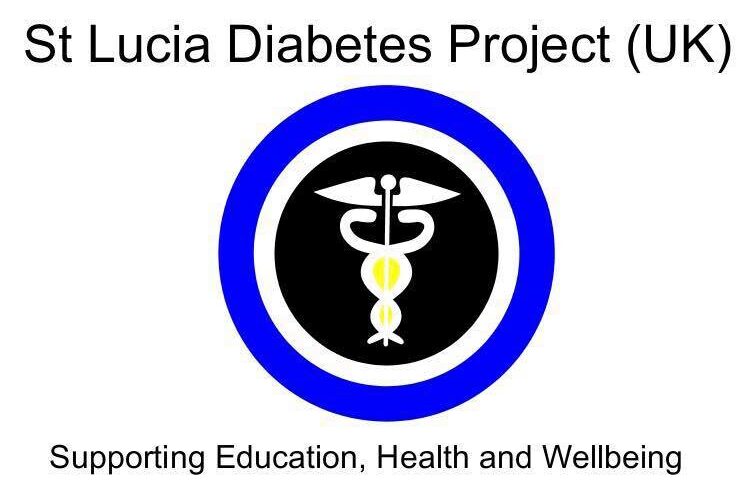The Global Picture
The IDF Diabetes Atlas Tenth edition 2021 provides the latest figures, information, and projections on diabetes worldwide In 2021
- Approximately 537 million adults (20-79 years) are living with diabetes
- The total number of people living with diabetes is projected to rise to 643 million by 2030 and 783 million by 2045
- 3 in 4 adults with diabetes live in low- and middle-income countries
- Almost 1 in 2 (240 million) adults living with diabetes are undiagnosed
- Diabetes caused 6.7 million deaths
- Diabetes caused at least USD 966 billion dollars in health expenditure – 9% of total spending on adults
- More than 1.2 million children and adolescents (0-19 years) are living with type 1 diabetes
- 1 in 6 live births (21 million) are affected by diabetes during pregnancy
- 541 million adults are at increased risk of developing type 2 diabetes
Diabetes in St Lucia
- The World Bank estimated the prevalence of diabetes in St Lucia at 11.7% in 2021
- The prevalence is projected to rise to 13.1% by 2030 (18,500 adults)
- The 4 leading causes of death in St Lucia are heart disease, cancer, stroke, and diabetes
- St Lucia has one of t he world’s highest diabetes-related mortality rates in the world accounting for about 10% of all deaths on the island
What is Diabetes
The World Health Organisation (WHO) defines diabetes as a chronic, metabolic disease
characterised by elevated levels of blood glucose (or blood sugar), which leads over time to
serious damage to the heart, blood vessels, eyes, kidneys, and nerves. The complications
arising from this condition include heart attack, stroke, foot problems that can lead to
amputations, gum disease, eye problems that can lead to loss of sight, and sexual problems
in both men and women.
Diabetes occurs when the pancreas is no longer able to make insulin, or when the body
cannot make good enough use of the insulin it produces.
Insulin is a hormone made by the pancreas that helps glucose from the foods we eat to
pass from the bloodstream into the cells in the body to produce energy. All carbohydrate
foods are broken down into glucose in the blood.
If the pancreas is unable to produce insulin or use it effectively, this leads to raised glucose
levels in the blood. It is the raised glucose levels in the blood that can lead to damage to the
body and organs such as the eye, heart, kidney, and leg.
Types of Diabetes
There are three main types of diabetes – Type 1, Type 2 and gestational .
Type 1 diabetes is where the body’s immune system attacks and destroys the cells that
produce insulin. Type 1 diabetes can develop at any age but occurs most frequently in
children and adolescents. When someone has type 1 diabetes, their body produces very
little or no insulin, which means that they need daily insulin injections to keep blood glucose
levels under control.
Type 2 diabetes is more common in adults and accounts for around 90% of all diabetes
cases. When someone has type 2 diabetes, their body does not make good enough use of
the insulin that it produces.
Gestational diabetes occurs during pregnancy, when women with high levels of blood
glucose that their body is unable to produce enough insulin to absorb it all, and usually
disappears after birth. But the women affected, and their children are at increased risk of
developing type 2 diabetes.
Prediabetes is not a clinical term but is often used to refer to people who are at a very
high risk of getting Type 2 diabetes.
If someone is described as prediabetic, it means their blood sugar levels are higher
than usual, but not high enough to be diagnosed with type 2 diabetes. It also means
that the person is at a very high risk of developing type 2 diabetes.
Symptoms of Diabetes
- Common symptoms of diabetes include
- Frequent urination (peeing), especially at night
- Feeling very tired
- Unintended weight loss
- Increased thirst.
- Blurred vision.
- Slow-healing cuts and wounds.
- Tingling or numbness in the hands/feet
